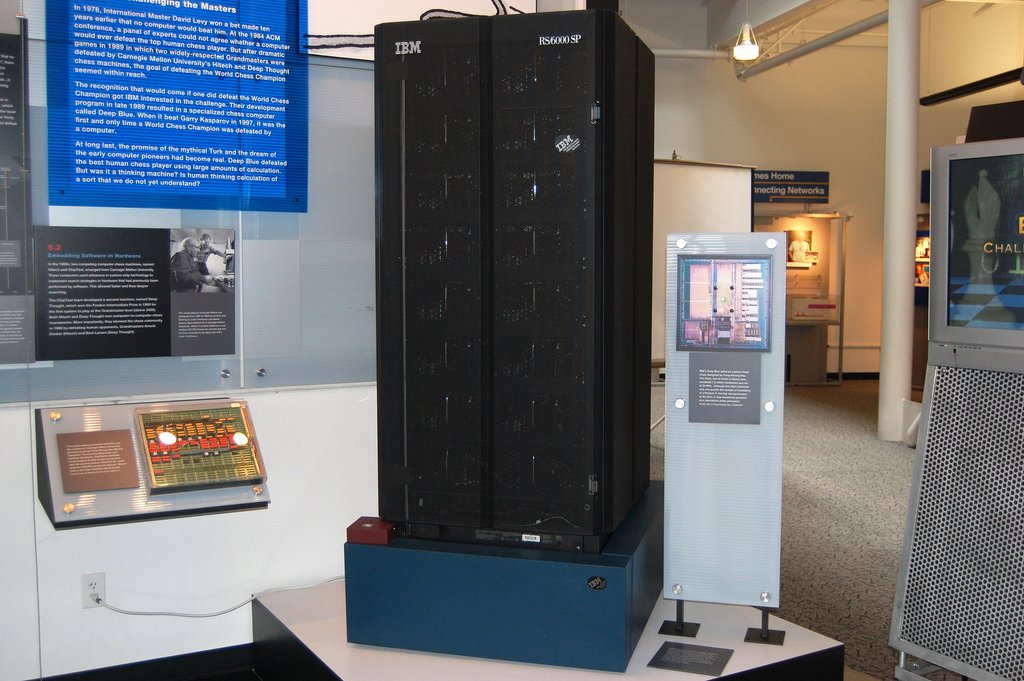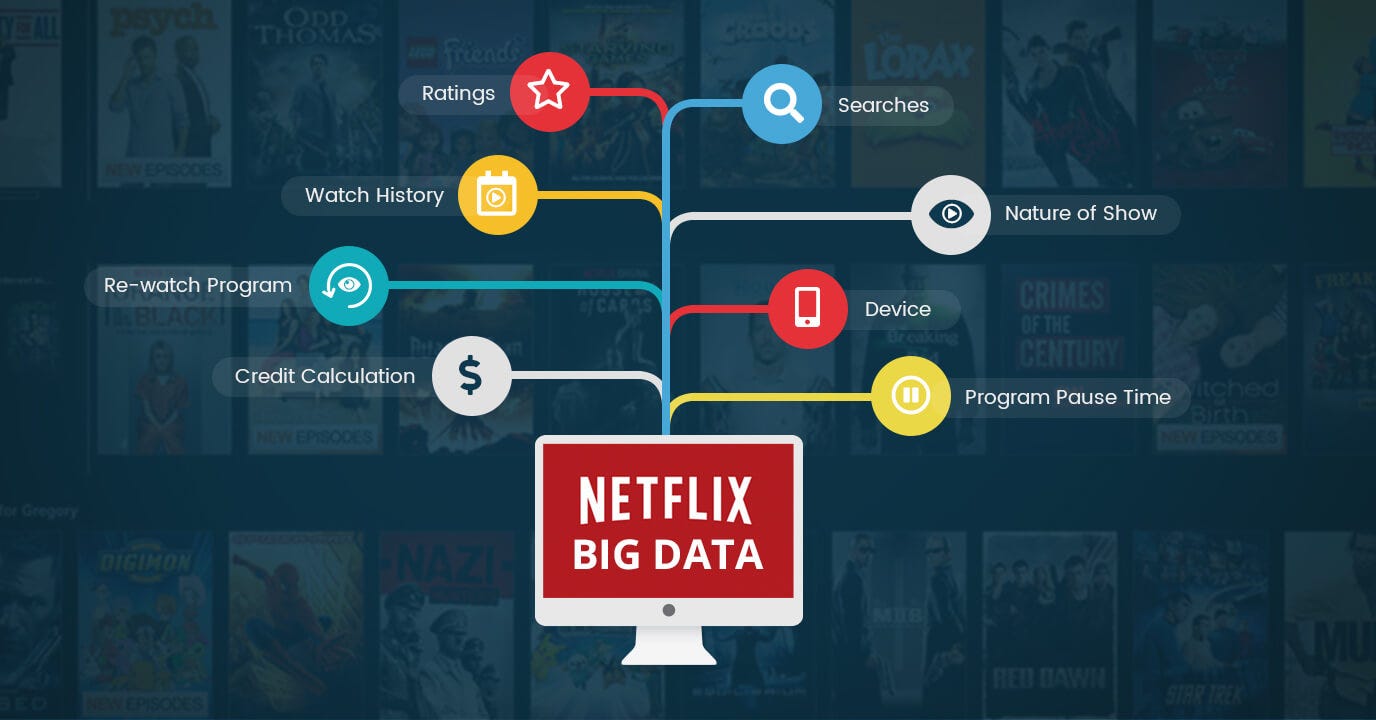3. Reactive Machines - tanic02/IT115-Wiki-Project GitHub Wiki
written by Tani Cha
Reactive AI is the most basic sort of artificial intelligence. Reactive machines are simple in that they don't store "memories" or use previous actions to predict future ones. They simply observe and react to the environment around them. These are the earliest AI systems, and their capabilities are extremely limited. They simulate the ability of the human mind to respond to various stimuli.
-
Deep Blue, IBM‘s chess-playing supercomputer.
-
AlphaGo, Google DeepMind's computer program that plays the board game Go.
-
The Netflix recommendation engine, provides members with personalized suggestions to reduce the amount of time and frustration to find something great content to watch.
-
Deep Blue, the chess-playing computer operates by recognizing the pieces on a chess board and understanding how they move according to the rules of chess, acknowledging each piece's current position, and selecting the best logical play at the time. The machine does not look for future potential plays, but rather focuses on current scenarios and reacts on it as per possible best action. Every turn was viewed as its own reality, separate from any other movement that was made beforehand.
-
AlphaGo, which has beaten top human Go specialists, is unable to predict all possible future moves as well. It uses a neural network to analyze game advances, which is more advanced than Deep Blue's.
-
The Netflix recommendation engine, employs an advanced machine learning algorithm to figure out what's most significant from all of the user's tags and user behavior data.
- Deep Blue:

- AlphaGo:

- The Netflix recommendation engine:

Although reactive AI was a significant step forward in artificial intelligence development, these AIs are limited to the tasks for which they were created. As a result, they're naturally constrained and open for development. From this type, scientists created the next level of AI.